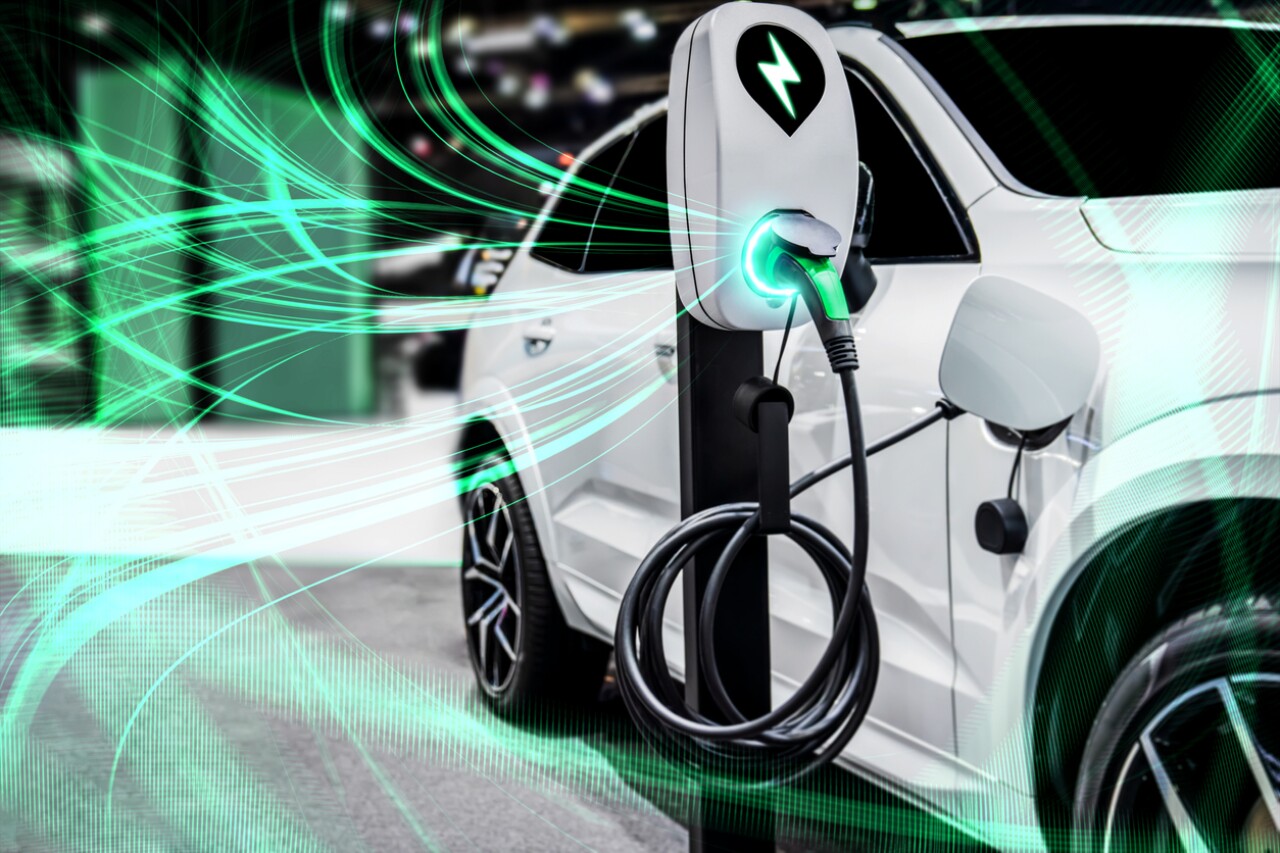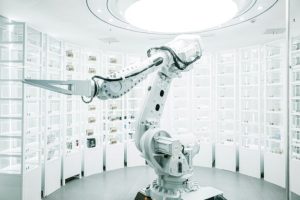The new “subcooled flow boiling” technique results in greatly improved heat transfer efficiency compared to other approaches and could be used to control the temperatures of future systems in space.
This technology may also have applications on Earth: It could make owning an electric car more attractive, the researchers said.
Currently, charging times vary widely, from 20 minutes at a roadside station to hours using a home charging station.
Long charging times and the location of the charger are mentioned as the main concerns of people who are considering the possibility of purchasing an electric vehicle.
Reducing the charging time of electric vehicles to five minutes, an industry goal, will require charging systems to provide a current of 1,400 amps.
Currently, advanced chargers only deliver currents up to 520 amps, and most chargers available to consumers support currents of less than 150 amps.
However, charging systems that provide 1,400 amps will generate much more heat than current systems and will require improved methods of temperature control.
Recently, the team applied the technique learned from NASA’s FBCE experiments to the charging process of electric vehicles.
Using this new technology, dielectric (non-electrically conductive) liquid coolant is pumped through the charging cable, where it captures the heat generated by the current conductor.
Subcooled flow boiling allows the team to deliver 4.0 times the current of the fastest electric vehicle chargers available on the market today by removing up to 24.22 kilowatts of heat, the researchers said.












